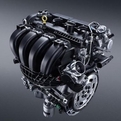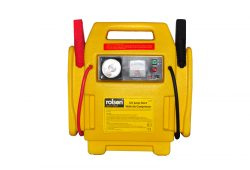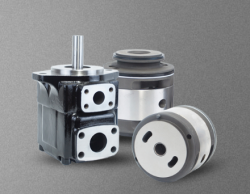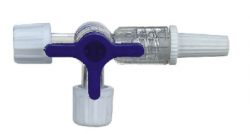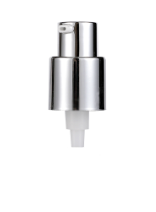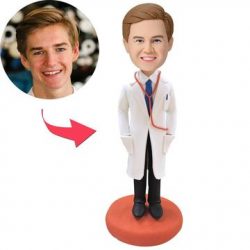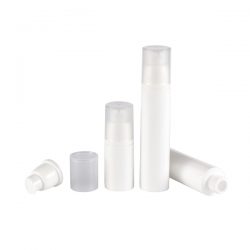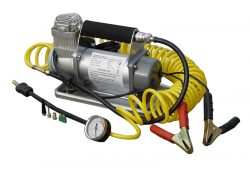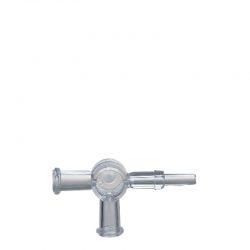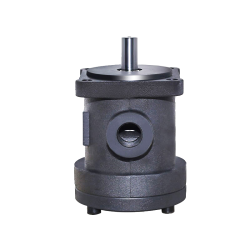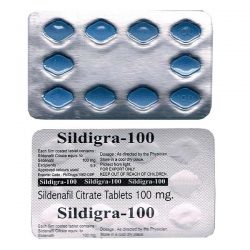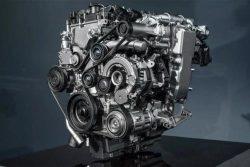Eaton Char-Lynn Motor – Causes The Motor To Overheat
Common causes of motor overheating are: reduced cooling air flow (such as radiator blockage); cooling fan does not work; low speed uphill, ambient temperature is too high; V-belt is too loose, poor rotation efficiency; and the cylinder has scale, The thermostat fails, the pump is damaged, and the thermal switch fails. for
To prevent the coolant temperature from being too high, it is necessary to keep the radiator and water jacket clean, the amount of coolant is sufficient, and the fan belt is properly tensioned during use to prevent the motor from working too long during the load.
Attention must be paid to the following points, the Eaton Char-lynn Motor description
1. Keeping the external and internal cleaning of the cooling system (especially the radiator) is an important condition for improving the heat dissipation performance. The outside of the radiator is stained with mud or collided, which affects the flow of air, making the temperature of the coolant too high, and cleaning or repairing if necessary.
2. Use antifreeze coolant as required to keep the amount of coolant sufficient. Correct coolant level: When the motor is cold, the coolant level is in the expansion tank, between the highest and lowest signs. The automatic liquid level alarm sensor is installed in the expansion tank. When the liquid level in the tank is too low, the coolant temperature warning light on the instrument panel should be added in time.
3. The tension of the fan belt should be kept proper and the fan should work normally. Too loose belt affects the water circulation, which aggravates its wear; too tight and easily damages the bearing.
4. The thermal switch is well connected. If it is loose, it will affect the fan shifting and normal operation. If the cooling system overflows, the technical status of the thermostat should be checked in time.
5. Prevent the motor from being overloaded and working for a long time, so as to avoid the water temperature being too high; shifting uphill in time to reduce the load. When the car is driving on a long ramp, blocking low or high ambient temperature, pay attention to heat dissipation.
When replacing the coolant, turn the heater switch of the instrument panel to the right end to open the heater control valve, remove the coolant expansion tank cover, loosen the hose clamp of the water pump, pull out the coolant hose, and release the coolant. Then tighten the hose clamp. Add coolant to the expansion tank until the liquid level is flush with the highest mark. Tighten the expansion tank cover. Start the motor until the fan is running, turn off the motor, check the coolant level, and replenish if necessary. The coolant in the expansion tank should not be filled, and it can be filled by 1/2. It is usually replaced once every 2 years.
Increasing the operating temperature set point is a popular method. There are many advantages to increasing temperature, which directly affect motor losses and the effectiveness of the cooling system and the formation of motor emissions. Increasing the operating temperature will increase motor oil temperature, reduce motor friction and wear, and reduce motor fuel consumption. Studies have shown that motor operating temperature has a large impact on friction losses. Increasing the coolant discharge temperature to 150 ° C, the cylinder temperature is raised to 195 ° C, fuel consumption is reduced by 4% -6%. Keeping the coolant temperature in the range of 90-115 ° C, so that the maximum temperature of the motor oil is 140 ° C, the fuel consumption is reduced by 10% at partial load.
Increasing the operating temperature also significantly affects the efficiency of the cooling system. Increasing the temperature of the coolant or metal will improve the heat transfer of the motor and radiator, reduce the flow rate of the coolant, and reduce the rated power of the pump, thereby reducing the power consumption of the motor. In addition, the flow rate of the coolant can be further reduced in different ways.
Reducing the operating temperature of the cooling system increases motor charging efficiency and lowers intake air temperature. This is good for the combustion process, fuel efficiency and emissions. Lowering the temperature set point saves motor operating costs and increases component life. Studies have shown that if the cylinder head temperature is reduced to 50 ° C, the ignition advance angle can be advanced by 3 ° CA without knocking, the charging efficiency is increased by 2%, the motor operating characteristics are improved, which helps to optimize the compression ratio and parameter selection, and achieve better. Fuel
https://www.xjetl.com
